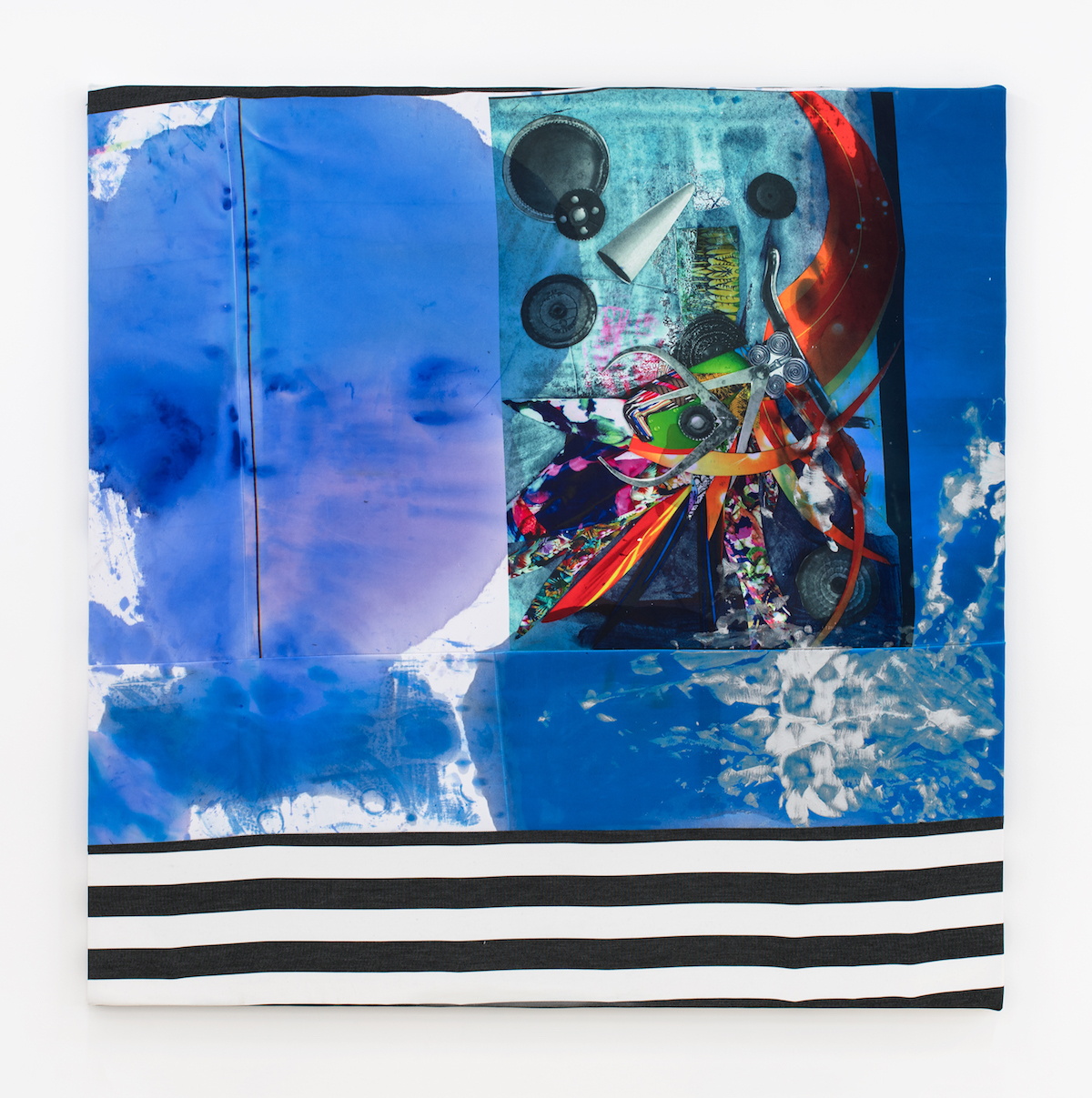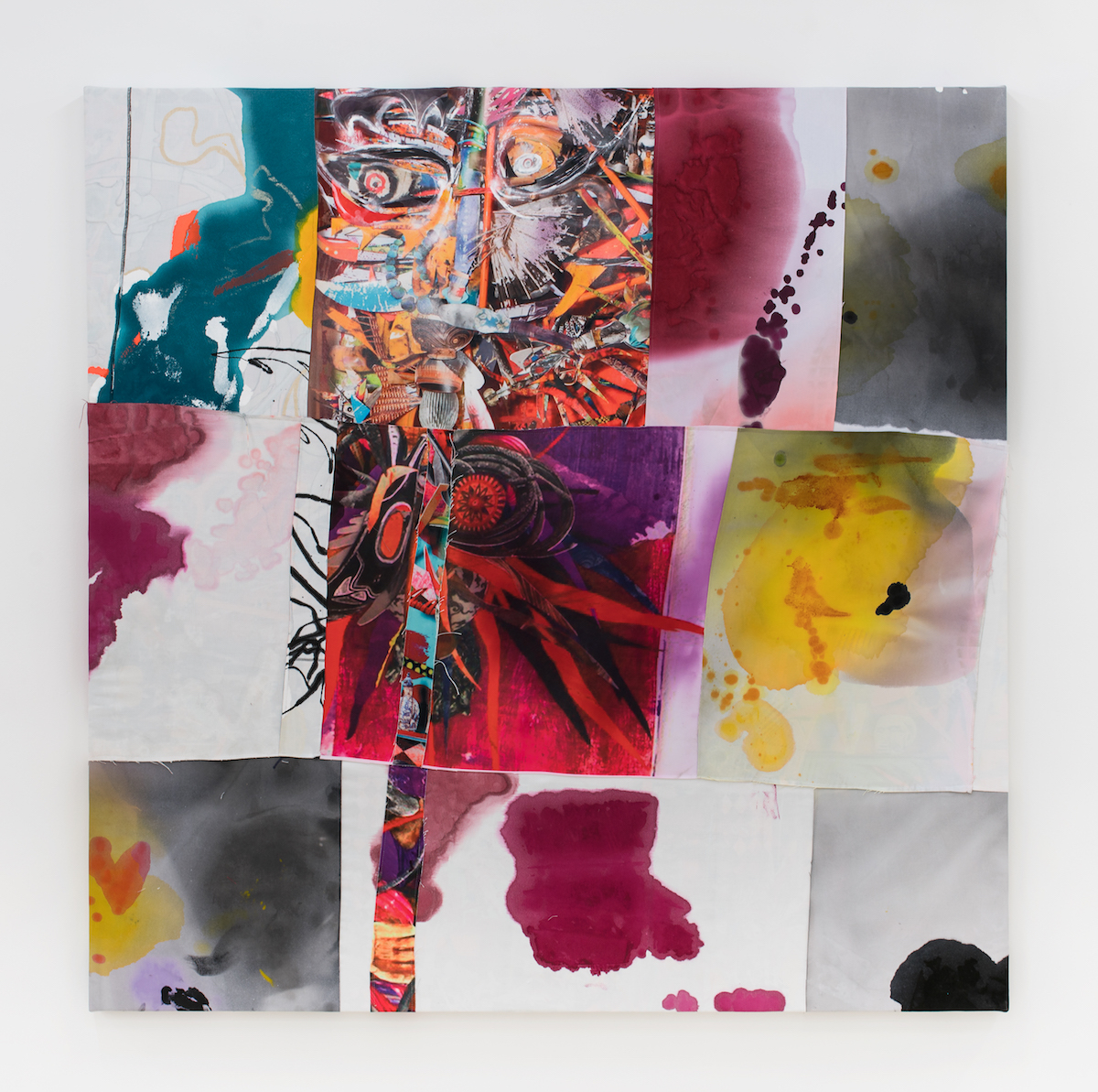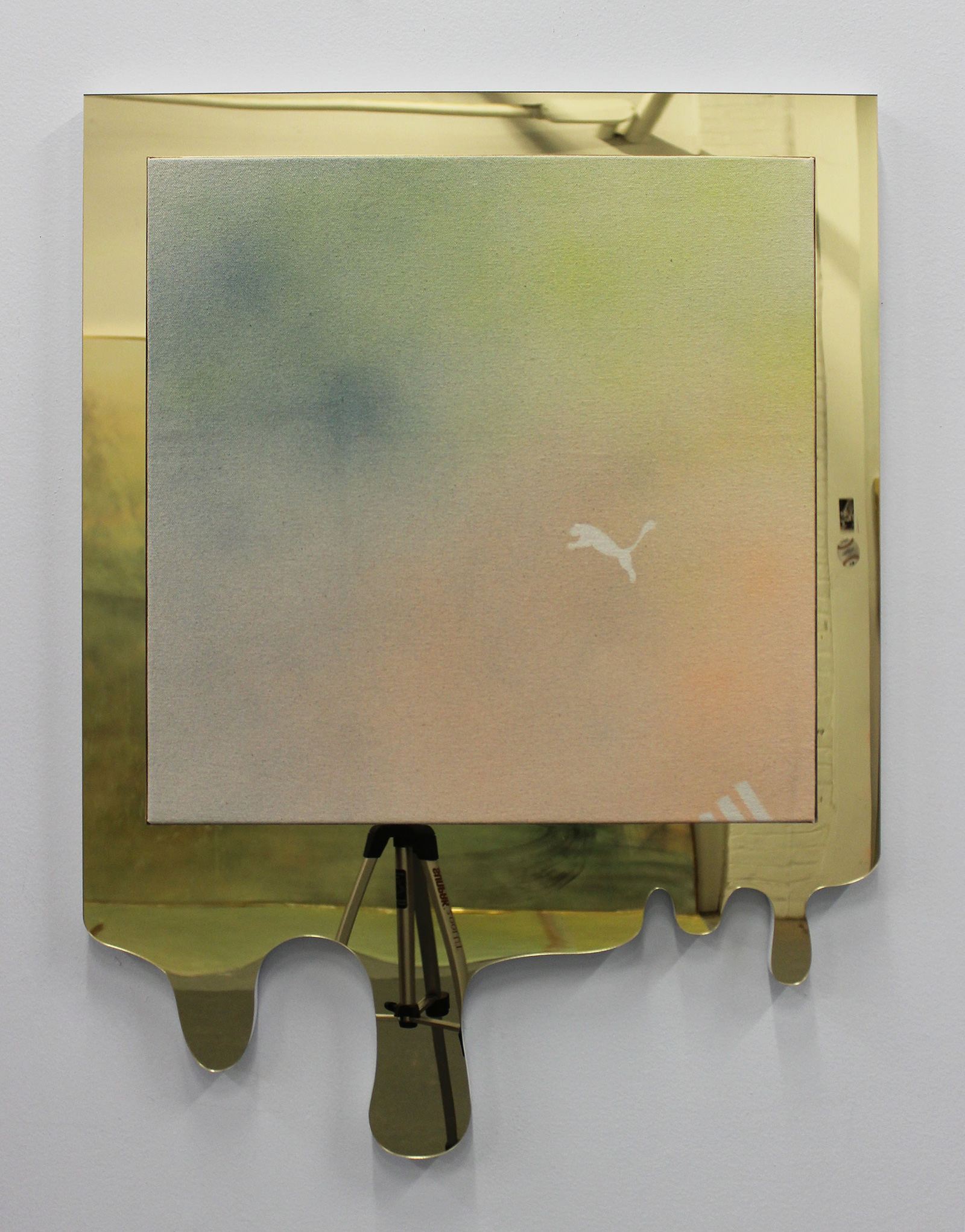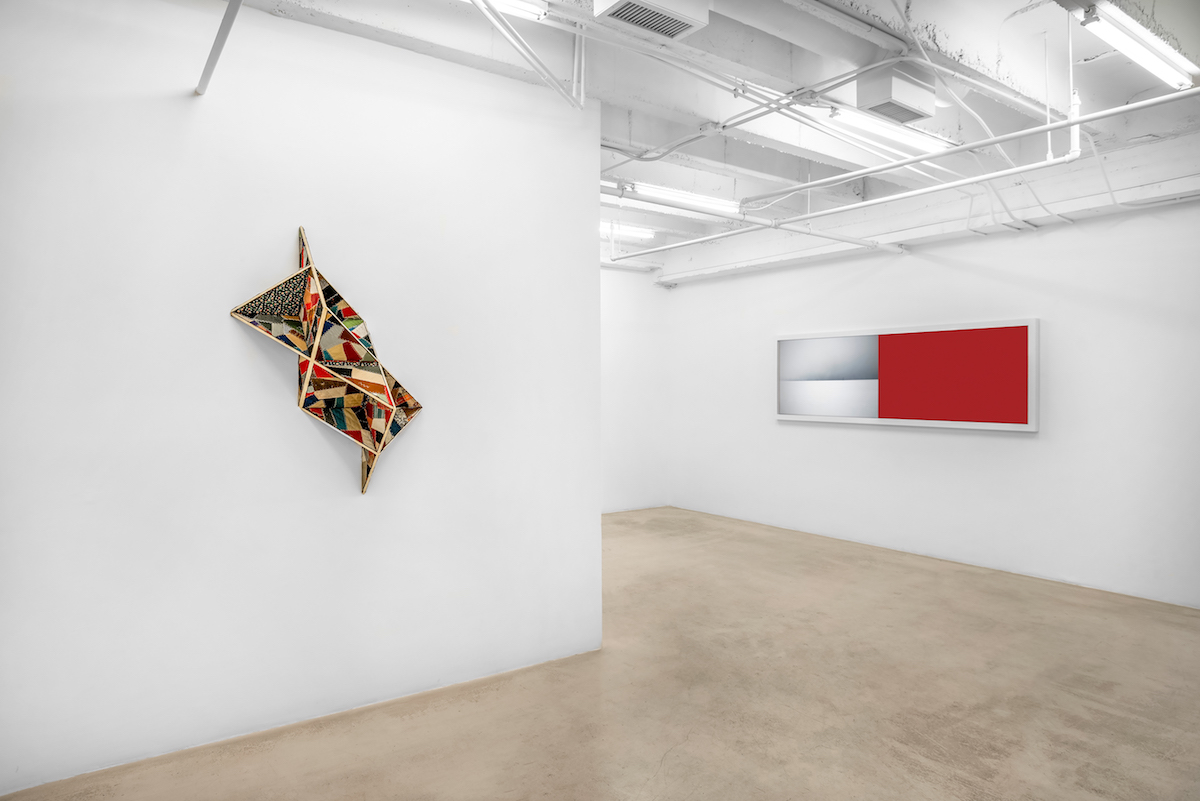No burden as heavy
Group Show
David Castillo Gallery presents No burden as heavy, a group exhibition with works by Sanford Biggers, Kate Gilmore, Quisqueya Henriquez, Pepe Mar, Jillian Mayer, Robert Melee, Christina Quarles, Carlos Rolón/ Dzine, Xaviera Simmons, Shinique Smith and Wendy White.
No burden as heavy considers the weight of history, invoking the present as a landscape imprinted upon by the gestures, values and practices of the past. The exhibition traces the digressing and rhizomatic nature of historical narrative as the malleable material of contemporary interpretation, able to be revisited, remembered and redefined through individual and collective reference. French philosopher Paul Valéry cautioned towards the susceptibility of history and its utility as an artifact of retrospection:
“History is the most dangerous product that the chemistry of the intellect has invented… History can justify anything. It can teach nothing with restraint, for it contains everything and gives examples of everything.”
New media theorist Eduardo Navas pushes further with this premise, and considers the sampling and restructuring of history—“remixing”— as a discursive form of its own. Approaching reference as both medium and message, the eleven gallery artists look towards history as a personal condition to be picked over, harnessed and provoked through material and conceptual juxtapositions. History is a piecemeal process, after all, and No burden as heavy embraces its pastiche.
Jonquil (2017) and Narcissus (2017), two works in the exhibition by Sanford Biggers, amalgamate references from the Trans-Atlantic slave trade, Greek myth and Japanese origami, reaching across time and place in a nuanced flattening of history. The folded, sculptural forms of each piece makes use of handmade, antique quilts in a socio-historical collaging that bridges the violent pasts of slavery and colonialism to the yellow flower—Narcissus jonquilla—named for the Thespian hunter who fell in love with his own reflection.
Quisqueya Henriquez explores the history of art itself, looking back along the past century of artistic production where she pieces together familiar references from along, and beyond, the Western canon. Henriquez’s Carmen Herrera Inside Popova (2013) joins a framed reproduction by Herrera, a Cuban-American abstract painter, within a pattern designed by Russian avant-garde artist Lyubov Sergeyevna Popova. The piece is a work of historical revisioning, redirecting art’s accepted narratives towards its overlooked figures, and addressing the exclusion of female artists from the timeline of Modern art.
Treating history as an artifact of individual experience, Pepe Mar traces a personal narrative in Patchwork Patty (2017). Drawing from the artist’s own 15-year oeuvre which marries colorful sculpture with media-driven collage, the work is composed from a series of custom textiles printed with images from his practice. The source material itself, Mar’s Gesamtkunstwerk, considers exhibition practices throughout the history of museums and the ways artifacts and other cultural products are displayed and interpreted.
And Jillian Mayer inverts the paradigm of history as a linear equation of cause and effect, speculating upon possible futures from conditions both present and past. Her Slumpies series (2016 to present) explores the rapid pace of technological saturation over the past twenty years, looking particularly to the smartphone and its global ubiquity. Slumpies are utilitarian sculptures—a furniture of the future—made to support the body while in use of smart phones. Foreseeing growing technological co-dependence and Internet saturation in both near and distant futures, Mayer treats history as a hypothetical catalyst towards new ways of living.
No burden as heavy reflects upon history as a collective condition that seeps into, shapes and informs all aspects of the cultural imagination. The exhibition’s artists draw from the slippage between the past’s various threads, their records, and how this information is relayed and understood today. No burden as heavy collapses the linearity of time—past to present—into a comprehensive and flattened understanding of now.
Robert Melee
Christina Quarles
Carlos Rolón/ Dzine
Wendy White






























